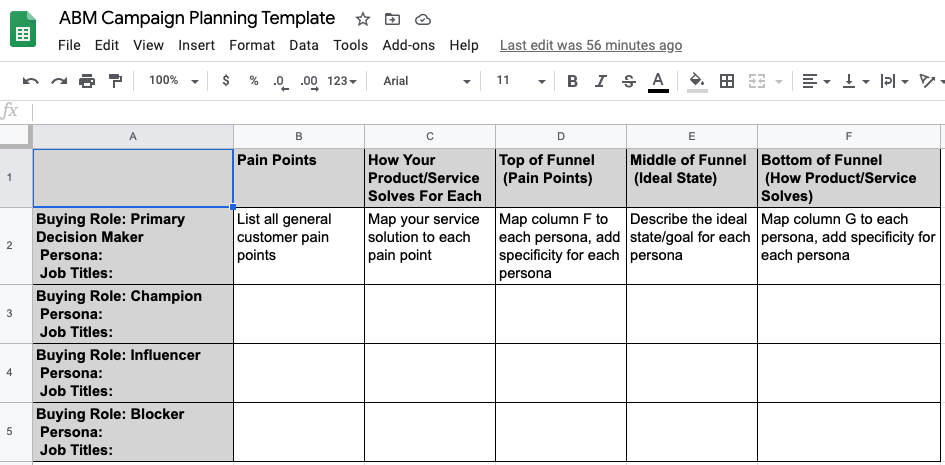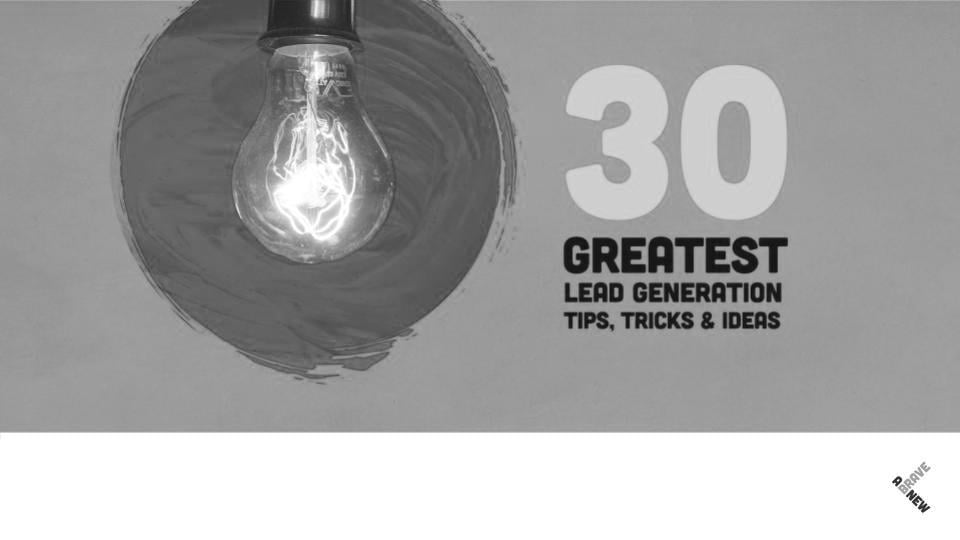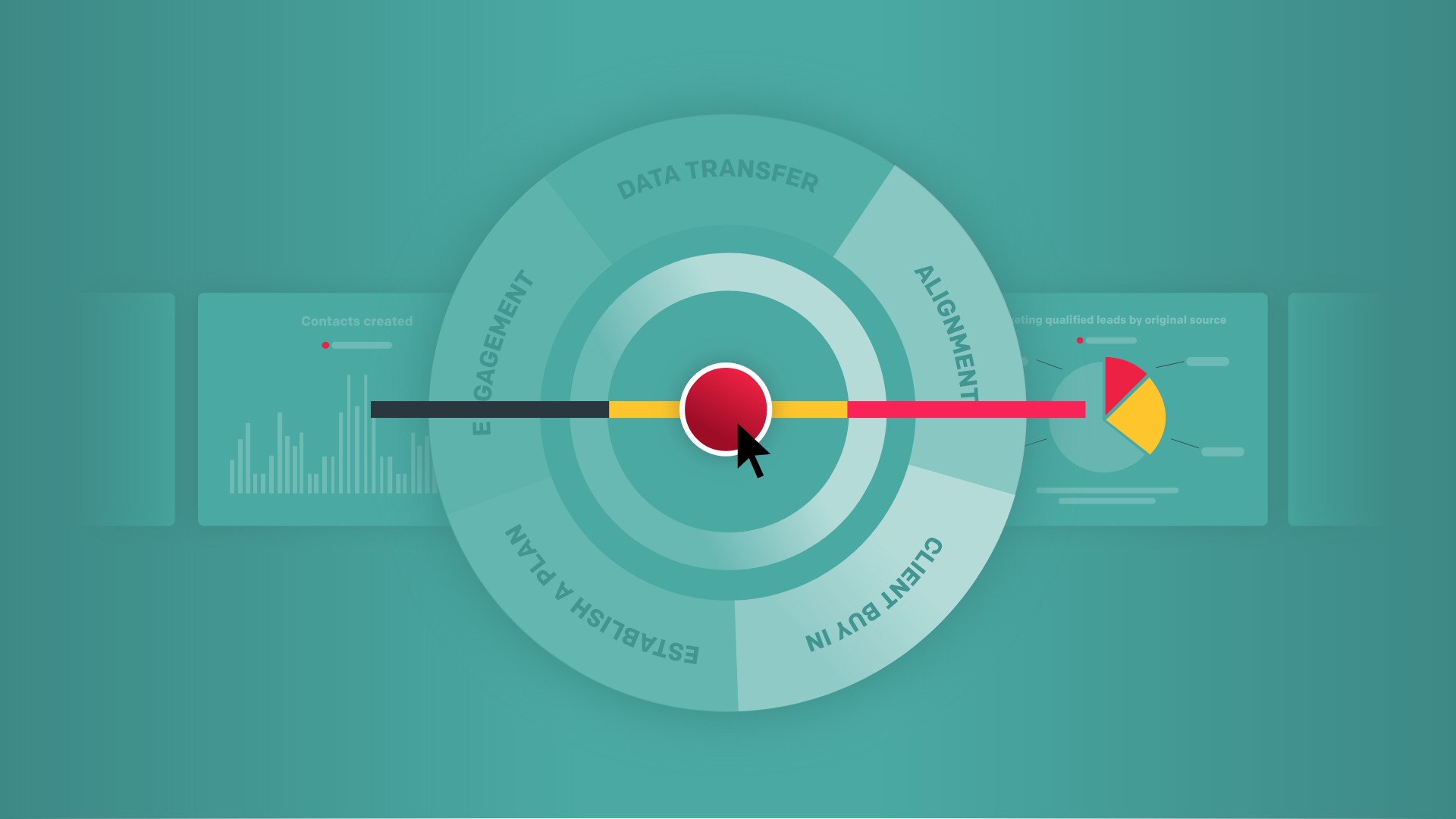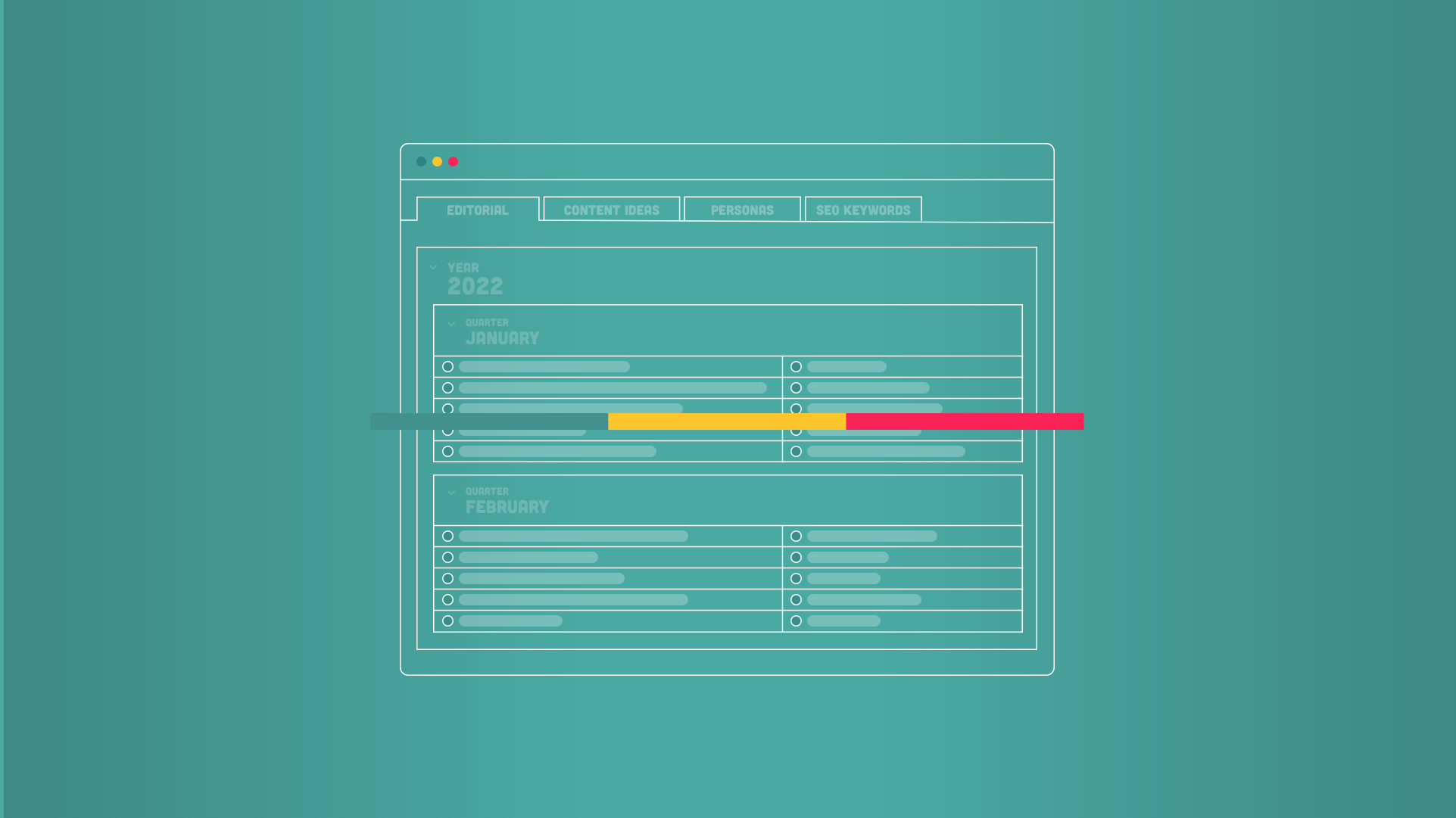Fewer than 1% of all leads turn into customers. That means that 99% of the average business’s sales and marketing efforts are not working (don’t take our word for it, take Forrester’s.)
Account based marketing is all about changing that. If you’re already doing ABM and wondering if you’re doing it right, don’t worry. You’re not the only one. If you’re still thinking about giving it a try, we’re going to give you an overview of what it takes to get started.
First things first. What is ABM? Well, here’s Hubspot’s definition to get us started:
“Account-based marketing is a focused growth strategy in which marketing and sales collaborate to create personalized buying experiences for a mutually-identified set of high-value accounts.”
In other words, ABM means choosing to target efforts at high-value prospects who you’ve identified as being the most likely to convert. You’re aiming at a smaller target, but you’ve got a better shot at converting a lead (and gaining a customer).
For many businesses, ABM is a smarter way to do B2B marketing because it allows them to tailor the way they engage with these better-fit accounts and then move them through a fast-tracked funnel.
What You Need To Be Successful
Here are the three essential pieces of an ABM program:
- Data/insights — You need to be able to identify who your high-value prospects are, and you need to know how to interact with them. The best way to do this is through analysis of your current customers, shared metrics, and in-depth audience insights so you can speak directly to your prospect needs.
- Alignment of sales and marketing teams — ABM only works when these two teams work hand in hand. Regular communication and aligned goals are key (more on that below).
- Content — ABM is all about tailoring your communication to meet the needs of your high-value prospects, which means you will need content in various forms.
Here are three things you might think you need, but you actually don't:
- Vanity metrics — Get ready to take a leaf out of the direct response playbook. For ABM to work, you’ll need to ruthlessly focus on lead metrics and less on traffic, reach, and other non-converting numbers.
- An army of sales and marketing people — It may actually be smarter to start with a small, integrated team to pilot your ABM effort.
- A vast library of pre-existing content — You can create new versions of the content you already have, pull content from trusted third-party sources, and build your library as you go.
If you stick to the essential, you don’t need a huge budget to get started with ABM. It does take serious work, but you can start small and build gradually.
How to Build Your ABM Program
Ready to get this off the ground? Here’s a step-by-step guide to getting your ABM program up and running.
 1. Create your ideal customer profile (ICP)
1. Create your ideal customer profile (ICP)
For ABM to work, you need to know exactly who you’re talking to. Who is currently buying what you’re offering? Who are the customers you want more of? Use your CRM or website traffic data to identify the defining characteristics of your best customers.
At this stage, it’s time to build out the personas in your buying committee — we suggest focusing on 3-4 of the most common roles you encounter in a sales process or a final pitch. Lean on your sales team’s experience. Who are they talking to? What patterns do they see during the process? Who stalls that process behind the scenes? The more you can get to know your buying committee’s needs, preferences, and challenges, the better.
Something else to keep in mind: If you already have personas built for your inbound program, no need to reinvent the wheel. Use them as your base and decide who represents each buying committee role best. Only fill in gaps or create new personas if key buying committee roles are missing.

2. Build a target list of best-fit accounts
Now that you know who your ideal customer is, it’s time to track them down and add them to your target list. Who should be on this list?
- Prospects who’ve demonstrated high interest by looking at your pricing, product overviews, case studies, or other high-value content
- Prospects who ended up in the “closed-lost” stage of your CRM after a meeting no-show or a demo request
- Companies who are engaging with your solution area but haven’t yet engaged with your business
- Companies that you discover through research that fit your criteria (ICP).
These third and fourth groups are traditionally invisible to marketers, but there are third-party resources you can leverage here (Zoom Info, Sales Navigator, Bombora, and others). Here’s the key thing to keep in mind: be specific about who you’re looking for, and be disciplined in sticking to your standards. If you’re going to focus a lot of resources on a pretty short list of people, they need to be the right people.
 3. Engage the entire buying committee with multi-touch marketing programs
3. Engage the entire buying committee with multi-touch marketing programs
Now it’s time to engage and iterate. Build journey maps for each persona on your buying committee.
Your campaign plan for each group should be a series of touches across different channels, including content that speaks directly to their needs. You’ll probably want to connect via LinkedIn and email to share articles and other relevant content. Create a sense of exclusivity by sharing a 1-pager with personalized content, or give them access to an invite-only webinar. And don’t forget phone calls to follow up. At every point of engagement, design every touch to be as helpful and as human as possible. Here’s a sample spreadsheet template you can download to get started.
When the time is right, ask for what you want. At some point, your prospect does need to be offered a call to action. So be crystal clear about what they should do, and walk them through it.
“Account-based marketing is a focused growth strategy in which marketing and sales collaborate to create personalized buying experiences for a mutually-identified set of high-value accounts.”
Don’t miss out, get Brave News now
Join the ABN community and be the first to learn about trends in inbound marketing, branding, and web design.







